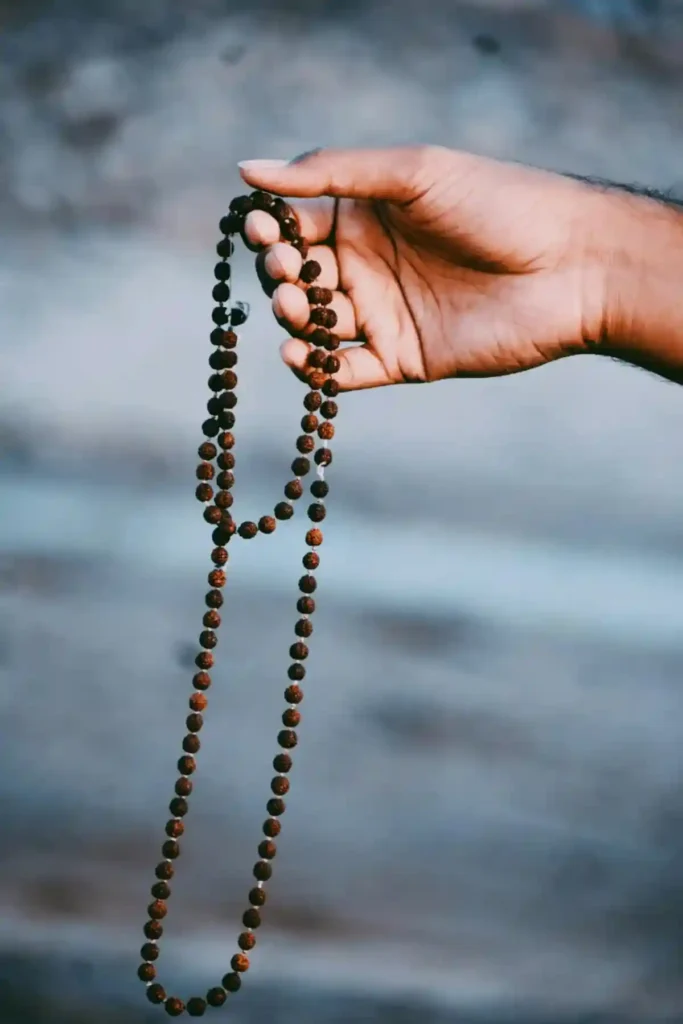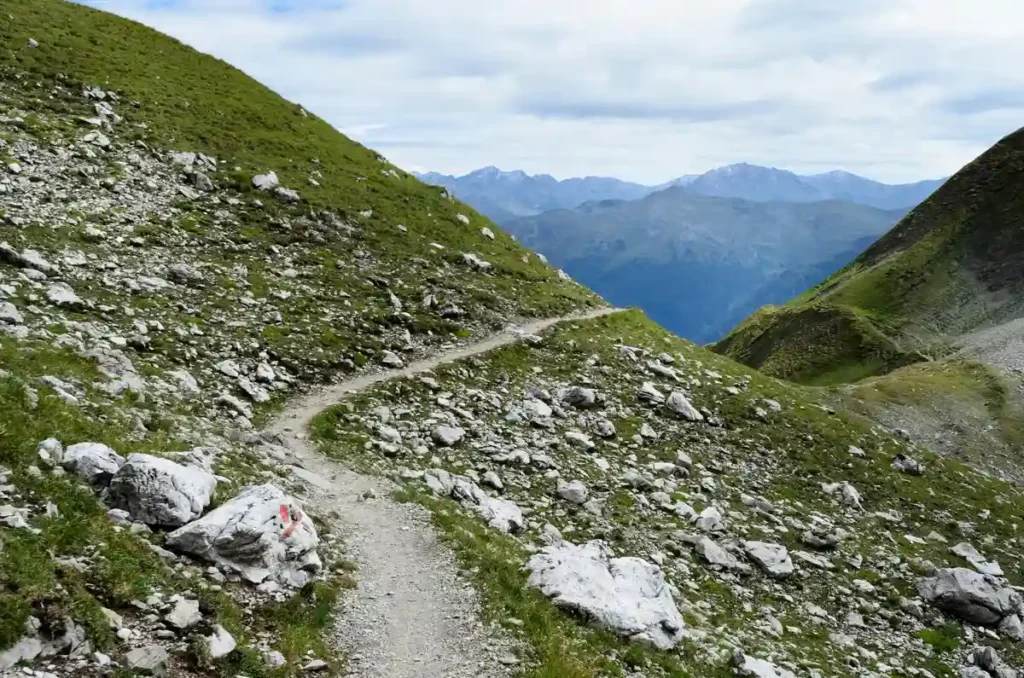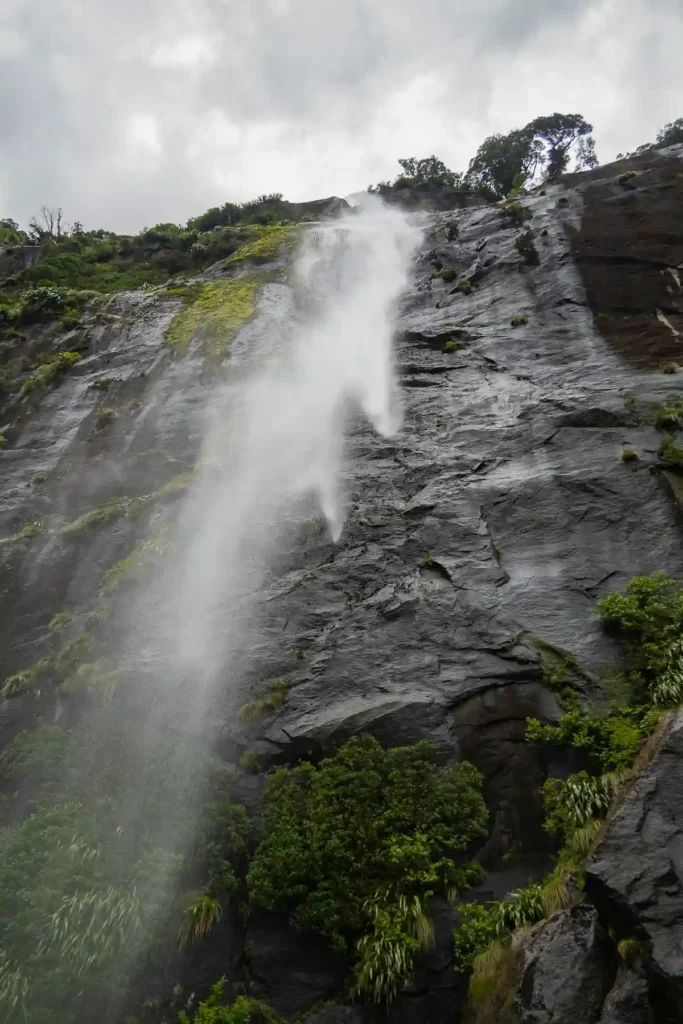Badrinath Temple Experience: Vishnu’s Abode in the Mountains
Discover the spiritual serenity and divine beauty of Badrinath Temple nestled high in the Himalayas — one of India’s most sacred pilgrimage destinations.
Introduction to Badrinath Temple
The Badrinath Temple, often referred to as Shri Badrinath Dham, stands as one of India’s most sacred pilgrimage sites, devoted to Lord Vishnu and steeped in centuries of spiritual tradition. Located in the majestic town of Badrinath in Uttarakhand, this temple is not just a religious site but a spiritual journey through the Himalayas. Every year, lakhs of devotees from around the world make the pilgrimage to seek blessings at this sacred shrine.

Where is Badrinath Temple Located?
Perched at an elevation of 3,300 meters in Uttarakhand’s Chamoli district, Badrinath Temple forms a key part of the sacred Char Dham Yatra, alongside Yamunotri, Gangotri, and Kedarnath. Set against the backdrop of the towering Nar and Narayana peaks and resting beside the Alaknanda River, the temple treats visitors to stunning Himalayan scenery and a peaceful atmosphere ideal for spiritual contemplation.
Importance of Badrinath in Hinduism
Badrinath is considered one of the 108 Divya Desams — holy shrines for Vaishnavites. According to legend, Lord Vishnu meditated here while Goddess Lakshmi protected him in the form of a Badri tree, hence the name “Badrinath.” The temple holds a 6-foot tall black stone idol of Lord Vishnu, believed to be self-manifested.
Spiritual Belief: Undertaking a pilgrimage to Badrinath is thought to purify the soul of accumulated karma and lead seekers closer to moksha — liberation from the endless cycle of life and death.
Badrinath is one of the Char Dham — explore the full pilgrimage in our Char Dham Yatra Travel Guide.

Architectural Marvel
The temple is a stunning structure with a colorful façade, conical roof, and intricately carved doors and pillars. Despite being in a seismically active and high-altitude zone, the structure has stood resilient for centuries — a testament to ancient Indian architectural brilliance.
Quick Tip: Visit early in the morning for the mesmerizing Mahabhishek aarti – a soul-stirring ritual.
Best Time to Visit Badrinath Temple
The temple is open only from late April to early November, depending on weather conditions. Badrinath is best visited between May and June or from September to October, when the weather remains favorable and travel routes stay open and safe. During the winter months, the temple shuts its doors as the region becomes blanketed in heavy snowfall.
How to Reach Badrinath
- By Air: The closest airport to Badrinath is Jolly Grant Airport in Dehradun, located around 315 kilometers away from the temple.
- By Train: Rishikesh or Haridwar is the closest railway station.
- By Road: Taxis and buses are readily available from Haridwar, Rishikesh, and Joshimath, making road travel to Badrinath both convenient and scenic.
The final leg of the journey offers breathtaking Himalayan views, especially if you’re trekking or traveling early morning.
For current road conditions, weather updates, and travel advice, check the Uttarakhand Tourism Official Website.
Where to Stay in Badrinath
There are budget guesthouses, government rest houses, and dharamshalas available. For a more comfortable experience, book in advance through official tourism portals or travel agencies.
Tips for First-Time Visitors
- Altitude Alert: Carry altitude sickness medication and keep yourself hydrated.
- Dress Modestly: It’s a sacred site — dress conservatively.
- Stay Warm: Even in May, the temperature can drop drastically at night.
- Digital Detox: Network signals are weak — take this time to reconnect with yourself.
A Sacred Trail Beyond Badrinath: The Swargarohini Path

Just beyond the Badrinath Temple lies a trail steeped in legend — the Swargarohini route, believed to be the very path the Pandavas took on their final ascent to heaven. Starting from Mana Village, the last inhabited settlement before the Indo-Tibetan border, this trek adds a mythical dimension to your pilgrimage. Though the full path is treacherous and rarely completed, even a short trek towards Satopanth Tal, a high-altitude glacial lake en route, offers a mesmerizing glimpse into the spiritual lore and untouched beauty of the Himalayas. More than just a trek, it’s a spiritual journey that draws you closer to the sacred energy that envelops Badrinath.
Learn more about the challenging and beautiful Satopanth Tal Trek route.
Nearby Attractions Around Badrinath Temple
Tapt Kund
Located just below the temple, Tapt Kund is a natural hot water spring believed to have healing properties. Pilgrims traditionally take a dip here before entering the temple for darshan.
Mana Village
Just 3 kilometers away from Badrinath, Mana stands as the final inhabited village in India before reaching the Indo-Tibetan frontier. It’s known for its traditional houses, mythological significance, and scenic beauty.
Vyas Gufa & Ganesh Gufa
These ancient caves are said to be where sage Vyasa composed the Mahabharata, with Lord Ganesha writing it down. Exploring these sacred spots provides a profound glimpse into the rich tapestry of Indian mythology.
Vasundhara Falls

A short trek from Mana leads to this beautiful waterfall cascading from 400 feet. Surrounded by lush alpine terrain, it’s a peaceful and visually stunning spot to visit.
Final Thoughts
A trip to Badrinath Temple is more than just a religious experience — it’s a journey of peace, spiritual awakening, and self-discovery. Whether you’re seeking blessings, natural beauty, or cultural depth, Badrinath promises a once-in-a-lifetime experience.
FAQs
1. Is there a VIP darshan or special entry at Badrinath Temple?
Yes, Badrinath Temple offers VIP darshan passes for quicker access, especially during peak seasons. These can usually be arranged through local tour operators, temple authorities, or online via the official Char Dham portal.
2. How can I reach Satopanth Tal from Badrinath?
Satopanth Tal can be reached by beginning the trek from Mana Village, which lies just about 3 kilometers away from Badrinath. it’s a 25–30 km high-altitude trek passing through Vasundhara Falls and Chakratirtha. It’s wise to enlist the help of a local guide, with the best trekking window falling between May and September.
3. Can I visit Badrinath Temple in one day?
Yes, it’s possible to visit Badrinath in one day if you’re staying in Joshimath, which is around 45 km away. However, staying overnight allows for a more peaceful experience and attending aarti.
4. Are there any rules or dress codes for entering Badrinath Temple?
There is no strict dress code, but visitors are expected to dress modestly and respectfully. Avoid shorts, sleeveless tops, or revealing clothes. Footwear must be removed before entering.
5. What are the top places to visit near Badrinath Temple?
Must-visit places nearby include Tapt Kund, Mana Village, Vyas Gufa, Ganesh Gufa, and the Vasundhara Falls. Each site holds spiritual or mythological significance and adds depth to your Badrinath experience.
Planning to explore more sacred sites? Don’t miss our detailed Kedarnath Trek Preparation Guide for everything you need to know before the journey.



